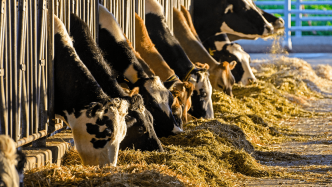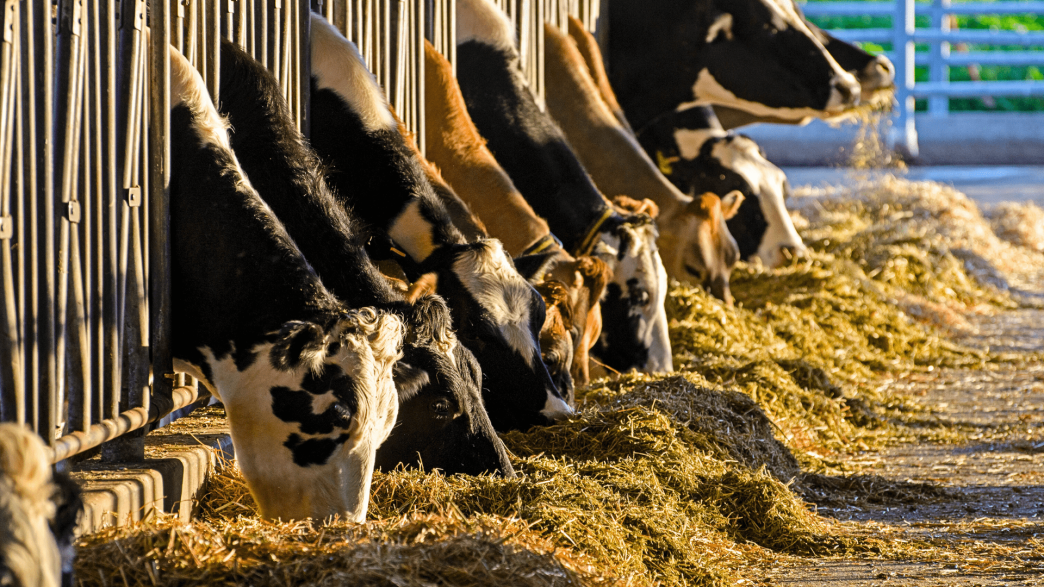Amid the statewide outbreak of bird flu, San Bernardino County officials repeated the call last week to poultry and dairy farmers to recognize the symptoms of infection.
Highly Pathogenic Avian Influenza, commonly called bird flu, is a virus that spreads rapidly, officials said. It has affected many dairy herds and has also been detected in poultry farms, leading Gov. Gavin Newsom to declare a state of emergency in December and to a ban on poultry and dairy cow exhibitions.
The California Department of Food and Agriculture is working with county departments of Public Health and Agriculture/Weights & Measures to provide guidance via “handouts, FAQs, news releases and biosecurity measures” to poultry and dairy farmers, backyard flock owners and workers countywide.
In the last 30 days, testing confirmed H5N1 bird flu is present in San Bernardino County dairy farms, according to an investigation by the CDFA and “rapid disease detection” involving the California Animal Health and Food Safety Laboratory System and the U.S. Department of Agriculture.
The clinical signs that suggest possible bird flu infection in livestock include:
- decrease in feed consumption with a simultaneous decrease in rumination and rumen motility;
- respiratory signs including clear nasal discharge;
- acute drop in milk production — severely affected cattle may have thicker, concentrated, colostrum-like milk or produce no milk at all;
- abnormal tacky or loose feces;
- lethargy;
- dehydration; and
- fever
According to the American Veterinary Medical Association, these are the signs of bird flu in pet birds and backyard flocks:
- sudden death with no prior signs;
- low energy or appetite;
- purple discoloration or swelling of various body parts;
- reduced egg production, or soft-shelled, misshapen eggs;
- nasal discharge, coughing or sneezing;
- lack of coordination;
- diarrhea
Since California’s first detection of the H5N1 virus in dairies in August, 755 dairies were infected with 422 of those fully recovered and released from quarantine, county officials reported. All dairies released from quarantine will be monitored bi-monthly for the virus.
The CDFA offers resources regarding H5N1 bird flu on the agency’s website. For local questions and concerns, email the department of Agriculture/Weights & Measures at awm@awm.sbcounty.gov or go to the Department of Public Health website, dph.sbcounty.gov/birdflu.
The current risk to the public remains low, according to state health officials. No person-to-person spread of bird flu has been detected in California. People rarely get bird flu, but those who interact with infected dairy cows, poultry, or wildlife have a greater risk of infection.
Statewide 38 human cases of bird flu have been reported, the last of which as on Jan. 14. Most of the human infections were connected with exposure to cattle, with two cases resulting from unknown exposure sources.
Pasteurized milk and dairy products are safe to consume because pasteurization inactivates the virus. Bird flu has been caused the deaths of several cats in multiple California counties after the pets consumed raw milk products. Raw milk does not undergo pasteurization.













